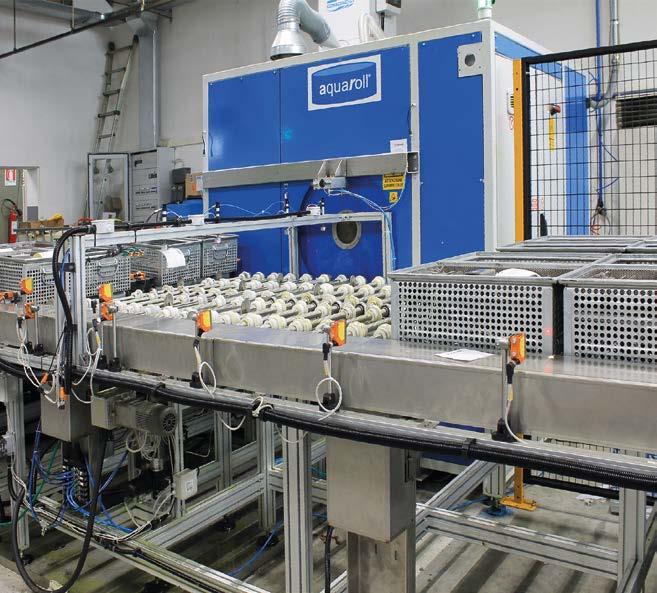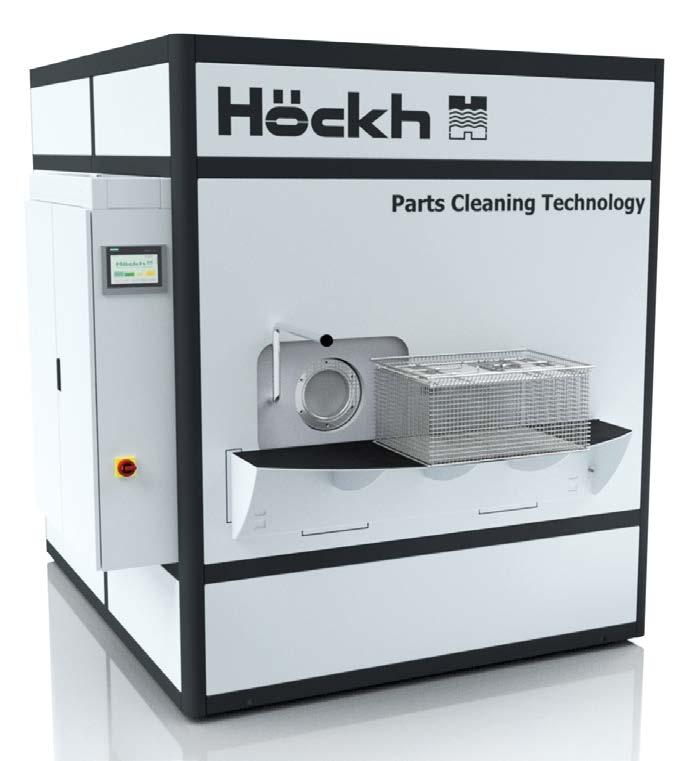ICT | CASE STUDY
Il Gioiello di Firenze: where goldsmithing tradition and innovation meet, also thanks to a new cleaning system Il Gioiello di Firenze, a company specialising in the production of accessories for high fashion, has installed an HFE solvent cleaning machine supplied by MEG with the aim of solving its result repeatability issues and remove the production bottleneck generated by its cleaning operations.
S
ince the Middle Ages, a tradition has been developed in Florence that is still one of the flagships of the city and of Italian craftsmanship in general: the Florentine goldsmith’s art, which for centuries has been one of the most
flourishing activities in town. A combination of art and artisanship, also made famous by illustrious people such as Brunelleschi and Donatello, who in the Renaissance strengthened the link between figurative arts and goldsmithing, thus making metalworking one of the highest and most precious art forms. Nowadays, while wandering through the streets of Florence, it is still possible to encounter traces of this tradition, which has evolved over the years and adapted to modern times and tastes, without ever losing its artisanal nature. Il Gioiello di Firenze is an example of this. Established in 1978 by Gabriele Nuti, with long-standing experience as a goldsmith, this company has become a benchmark for the high fashion accessory market, with one hundred employees and a turnover of 10 million Euros. Luca Padula, the general manager of Il Gioiello di Firenze, welcomed us in the firm’s showroom, which displays examples of the company’s creations as far as the eye can see and whose threshold has been crossed by numerous prominent people in the Italian and international fashion field, coming here to be inspired and discuss new creations. “Il Gioiello di Firenze is a benchmark in the sector of fashion accessories for haute couture companies,” says Padula. “We produce costume jewellery and accessories for bags and shoes by processing all kinds of materials, from wood and rubber to plastic and precious metals such as silver. We also have an in-house leather processing and embroidery department, which enables us to combine leather inserts with metal and apply our accessories directly to end products such as shoes and bags, thus offering our customers an all-round service.” “Our company has an artisanal character and, until recently, our organisation was similar to that of a craft workshop: we did not have any automated systems and we carried our many processes manually. Although we are proud of our traditional nature, which remains crucial for this type of production, it was time to invest in the automation of some key processes in order to cope with growing demand without any external help.” “In the context of this investment and corporate restructuring project, one of the first issues on which we focussed was that of part cleaning, a fundamental step in our production process especially in terms of final quality. Previously, this was carried out in a manual machine that not only gave poor cleaning results, but was also highly polluting, thus creating an unhealthy working environment that ran counter to our policies of sustainability and work ethics.” Il Gioiello di Firenze, therefore turned to MEG (S. Martino di Lupari, Padua, Italy),
26
N. 19 - 2021 FEBRUARY - ipcm Industrial Cleaning Technologies ®
BARBARA PENNATI ipcm
®
Il Gioiello di Firenze, established in 1978, has become a benchmark for the high fashion accessory market. Below, the showroom. Il Gioiello di Firenze, fondata nel 1978, è uno dei punti di riferimento per la realizzazione di accessori per l’alta moda. Sotto, lo showroom.





